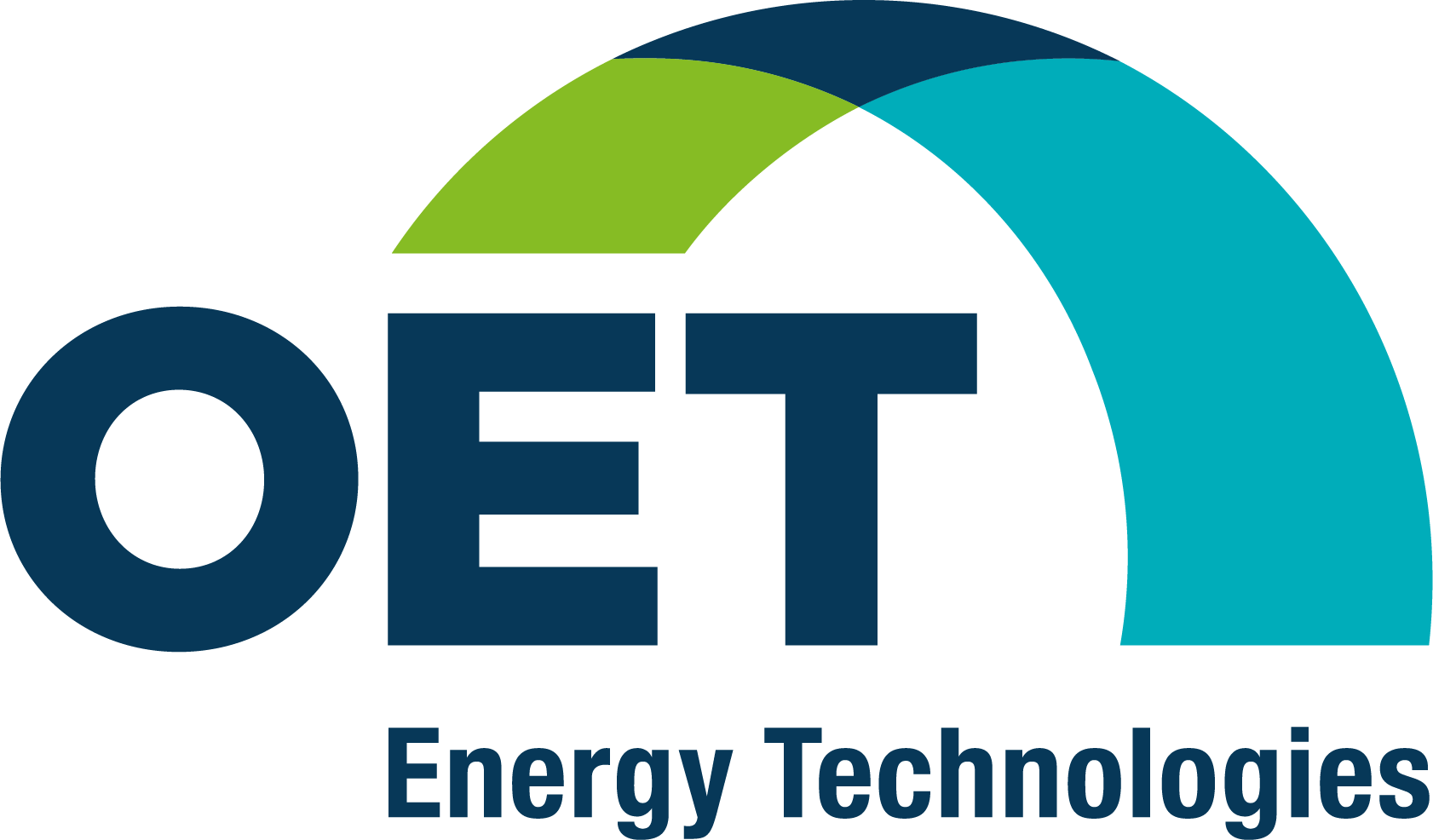
NSRF_ΕΣΠΑ 2014-2021
“Printed OLEDs for Intelligent, Efficient & Tunable solid-state lighting devices in Large Scale” (2018-2021)
Today, over 20% of all electricity produced on earth is used for lighting. The amount of energy produces greenhouse gases, which is equal to 70% of the emissions from all passenger cars in the world. Under these circumstances, the European Commission (EC) has agreed to reduce CO emissions by at least 20% by 2020. Recent studies by the EP Joint Research Committee show a huge potential for energy savings with better energy efficiency. At the same time, following the trends of the Internet of Things (IoT) and the rapid penetration of solid state lighting, it is particularly beneficial to produce high-performance lighting products on a large scale.
OLEDs of large surface illumination can provide far-reaching light distribution, reduced reflection intensity, reduced light loss, aesthetics, sophisticated design, low weight and volume. For 2020, targets are set for the production of OLED devices with an efficiency >100 lm/W and a lifetime >50,000 hours. Forecasts show that OLED market is expected to grow to $ 2.5 billion in 2027. Therefore, a strong effort is being made to produce efficient, durable and reliable OLED devices having any desired shape, size, color, high flexibility and small bending radius, large stripes and transparency.
The main idea of the APOLLON project is the developing of the methodology and printing processes in a pilot line, large scale OLED devices with optimized performance, functionality and integration capabilities in complex lighting and signage products. Enhancing availability and relevant knowledge about the technology of producing intelligent, functional, flexible and rigid OLED devices is expected to accelerate the commercial adoption of OLEDs and to make a significant contribution to build a sustainable industry in Greece and Europe around this technology.
Within the implementation of APOLLON, the cooperation of five partners (two research organizations and three enterprises), which have the necessary infrastructure as well as the additional know-how for the cooperative realization of the envisaged actions and the final achievement of the objectives of the project, is foreseen.


